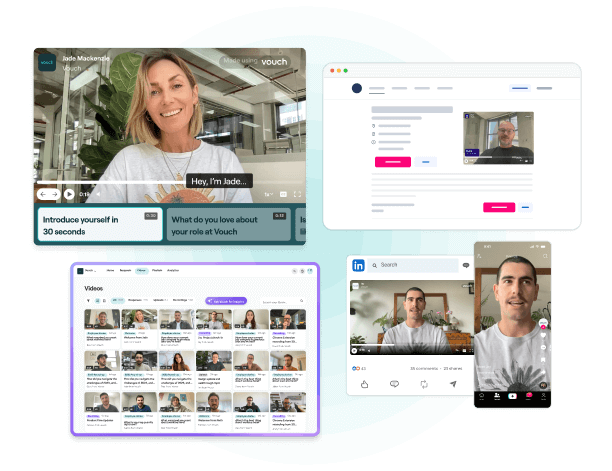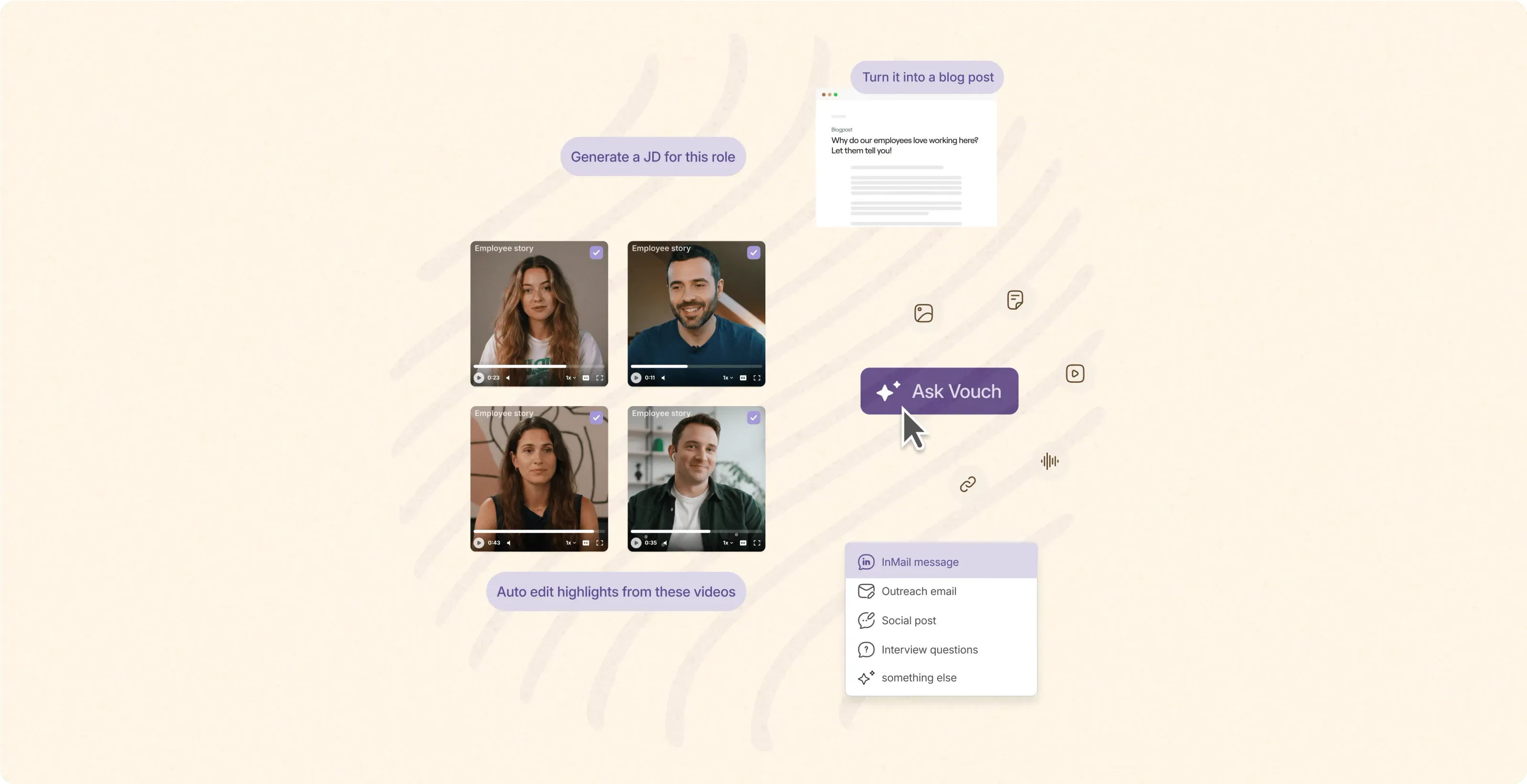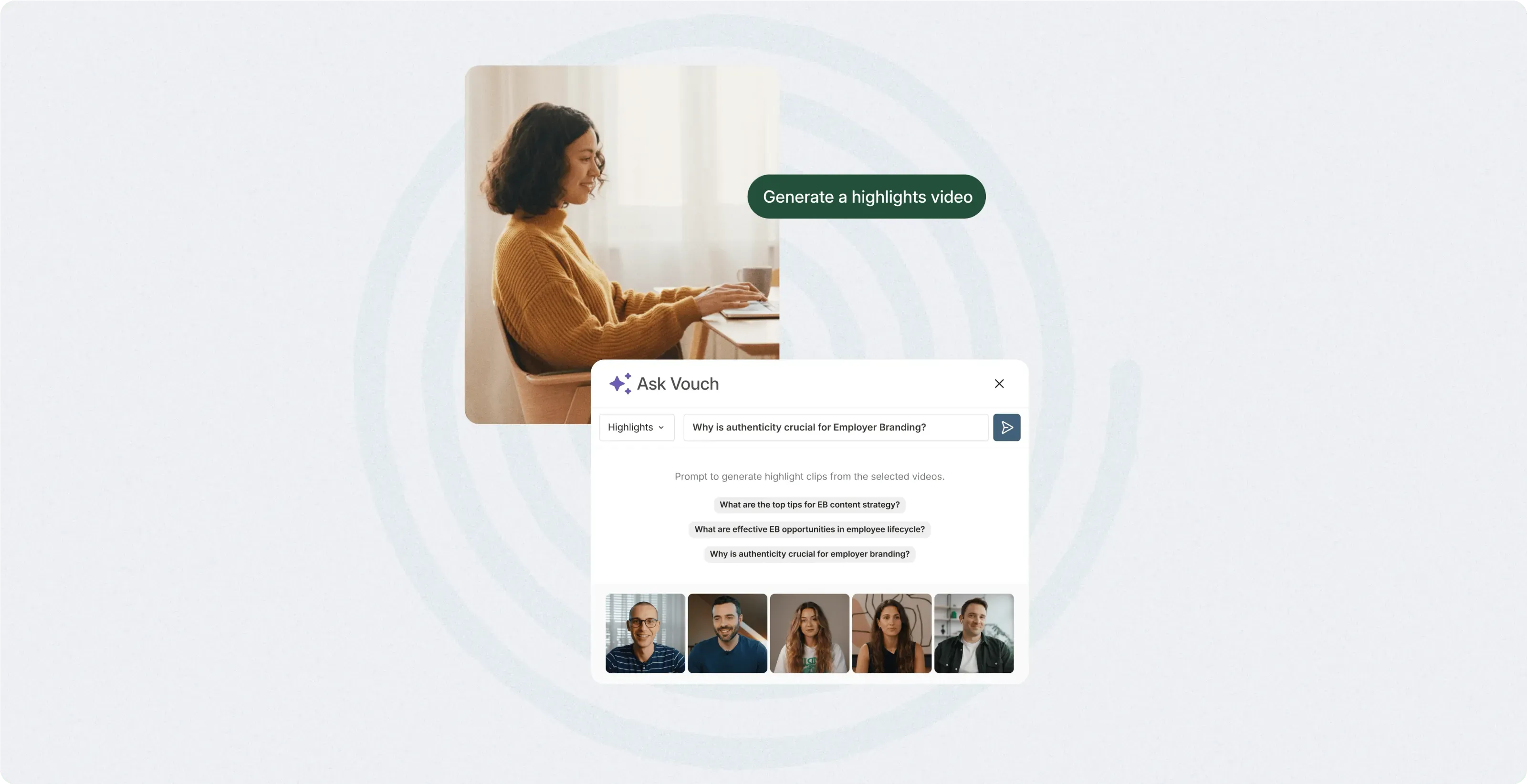If you work in Employee Experience or Digital Employee Experience, you'll know that having a robust employee experience framework is everything.
But, if your EX framework isn't working for you, or you have overly complex EX processes, then your employee experience framework might even be getting the way of putting your employees first.
So, let's dive in and help you build a better EX framework - with just 15 simple questions, outlined in step 4 (below) if you want to jump ahead.
First, What Is An Employee Experience Framework?
An employee experience framework refers to a structured approach or strategy designed to help you understand, and improve the overall journey of employees throughout their entire tenure, from job application to retirement.
Your employee experience framework encompasses aspects such as workplace culture, you r employee's physical environment, career development opportunities, interactions with colleagues, leadership, and much more.
With so many EX areas to work on, focusing on your employees' journeys is vital - and it's this "journey" that forms your framework.
So, let's examine the 5 employee experience framework steps, keeping your candidates and employees at the forefront at all times.
Bring your employer brand to life
- Empower employees’ storytelling
- Transform careers sites with video
- AI-driven video editing
- Publish videos anywhere

Step 1: Know Your Company Values And Roadmap
To build a successful employee experience framework, you must first know your company's short, and long-term goals and mission. Without this, you could simply hire the wrong people for your company's culture, future growth plans, and roadmap.
Start by defining your organizational values from a top-down perspective. Why top-down? In step two, we flip this on its head, and this is key to making sure your executive team and employees have the same mission and goals in mind.
Step 2: Understand Your Current Employee Experience
In step one, we understood what your executive team wanted, but what do your employees want?
And what is it like to walk a day in their shoes?
This may sound like 101 advice, and it is, but in these first few steps we are starting to understand whether your management team and employees share the same values. Shared values are everything in a successful company or team, and absolutely vital to your employer brand too.
To help with this initial employee focused step, tools like Vouch video are ideal for gathering employee feedback and making understanding your current EX a lot easier.
If you are not quite where to start, employee spotlight questions can be the perfect, softer-way to get employees used to providing feedback.
Lots of brilliant teams use Vouch's employee spotlight questions, and we think you'll love them too: 25 Brilliant Spotlight Questions.
Step 3: Map Out The Most Critical Employee Touchpoints
Now that you have a clear picture of what your exec team - and your employees need, it's time to map out the most critical EX touch points in your employee experience framework.
Naturally, every employee has thousands of touch points with your company, so focusing on the touch points that make all the difference is what matters.
Recruitment
EX starts before you even hire, and it starts with your employer brand. If you are yet to work on your employer brand, please see here.
Onboarding
Ensuring a smooth and amazing onboarding experience for new hires is vital for their motivation and EX. Tools like Vouch can help tremendously here too.
Daily Interactions
Enhance day-to-day experiences to make your company more transparent and human. Tools like Slack can help, and even video tools that make work more transparent and personal.
Career Development
Supporting your growth and learning opportunities shows your commitment to their success. And when you do this, they will show their commitment to yours.
Recognition
Acknowledging your employee's achievements and contributions is vital and should be a significant part of your chosen employee engagement model.
Exit Process
Providing a positive departure experience matters, especially with websites like Glassdoor, where every employee can review what it's like to work at your company, something most people check these days.
While we've mapped out six major touchpoints here, identifying your key touchpoints is what matters for your employee experience framework.
Focus on enhancing each and every employee interaction for motivation, satisfaction, and retention.
Step 4: Create Your Employee Experience Framework, With 15 Simple Questions!
After completing the first three steps, you should now know everything you need to create your employee experience framework.
What your EX framework looks like is up to you.
However, we've seen some remarkably complicated diagrams - just do an image search for "Employee Experience Framework", but may we suggest simplifying it significantly? Otherwise, you will be bogged down in the process, and your employees, who should come first, may start coming last in the process.
Here's a brilliant way to create your EX framework with 15 simple questions you can ask your team, and any employee at any stage of their employee journey.
Hiring and position descriptions
Q1: Are your job ads simple and able to attract the right talent? (see your competitor's)
Q2: How many job applications have you received?
Q3: How long did it take from position posting to onboarding?
Onboarding
Q4: How long does it take for a new employee to be fully onboarded?
Q5: Did you have everything a new employee needs, and are you all ready to go?
Q6: Did you survey your new employee yet to understand their experience?
Note: Be sure to check out Vouch for employee surveys.
Employee engagement
Q7: Is the employee's work interesting and has a purpose?
Q8: Do your employees have all of the resources and tools they need to perform?
Q9: Is your workplace diverse, supportive, safe, and flexible to your employees' needs?
Career development
Q10: Are you helping your employees learn and up-skill?
Q11: Does each employee have clear KPIs and know their role?
Q12: Are you capturing employee growth to share with the broader team?
Exit Process
Q13: Do you have a simple employee exit survey in place?
Q14: Are you getting honest feedback that you can use to improve on?
Q15: Are you monitoring Glassdoor and other platforms?
Step 5: Review And Update Your EX Framework
A good employee experience framework is not a "set and forget process"; it requires ongoing improvement and updates to cater to employee expectations.
Implementing changes within the framework involves:
- Continually surveying employees to understand their EX.
- Involving employees in all parts of the employee experience framework decision-making process.
- Continually reviewing your employee experience framework key performance indicators (KPIs).
- Monitoring your employee retention rates and turnover.
- Keep your executive team updated on all changes and reasons why.
These metrics provide actionable insights into the framework's effectiveness, guiding continuous improvement efforts and demonstrating its impact on business outcomes.
FAQs
What is an employee experience framework?
An employee experience framework defines strategies to enhance workplace satisfaction and productivity.
Why is employee satisfaction important?
It directly correlates with higher productivity, lower turnover, and better overall business performance.
How can I improve employee engagement?
By simply creating a positive work environment and providing growth opportunities.
What role does company culture play in employee experience?
It shapes employee behaviors, attitudes, and overall job satisfaction.
How do you integrate employee feedback into business decisions?
By analyzing feedback and implementing actionable insights promptly.
What impact does employee recognition have on morale?
It boosts motivation, loyalty, and overall job satisfaction.
Why should we conduct exit interviews?
To understand reasons for turnover and identify areas for improvement.
What tools can help manage employee experience?
Tools like Vouch for video recruitment and Qualtrics for employee engagement surveys.
How do you align business goals with employee expectations?
By ensuring clear communication and transparency in goal-setting processes.
Conclusion
In conclusion, crafting a compelling employee experience framework is essential for nurturing a motivated and productive workforce, but as we can see, it doesn't have to be overly complicated.
By using tools like Vouch and leveraging simple questions like those outlined here, you can transform your workplace culture and drive sustainable business growth.
Start implementing these questions and strategies today to create a workplace where every employee thrives, without getting bogged down in complicated processes. Remember when it comes to employee experience, it's your employees that matter most.
See Why Employee Experience Managers Love Vouch!
Loved by companies like Canva, Nike, Cisco, HubSpot, Amazon, and more, tools like Vouch make leveraging video in your business communication and recruitment remarkably easy.
Be sure to book a Vouch demo today and chat with a video content expert.
You might also like

Elevate Your Brand Today With Vouch
Discover how Vouch can accelerate talent acquisition while helping you stay on-brand.






